Developer Challenges


Welcome to Developer Week at Cloudflare! We are excited to announce we are running a series of Developer Challenges throughout the week to give you the excuse you needed to play with all our new features.
Between now and April 19 you’ll get to know the Cloudflare developer tools and walk away with a fun new app (or five) to your name. You’ll also become a part of the Cloudflare Developer community!
We hope that some of you will be inspired to create your next project using Cloudflare Workers, Workers KV, Pages, Durable Objects and all the developer-focussed products that Cloudflare offers. There’s already a vibrant community building applications using the Workers ecosystem; we hope the Developer Challenges inspire you to build on Cloudflare.
What are Developer Challenges?
We know that some people are new to the Cloudflare services for developers and that some of you have been using them for a while, so we have come up with two streams of challenges.
If you’re just getting started with Cloudflare, there will be a new challenge each day of the week that will help you level up your knowledge in no time. There’s also an extra bonus challenge Continue reading
Cloudflare Pages is now Generally Available


In December, we announced the beta of Cloudflare Pages: a fast, secure, and free way for frontend developers to build, host, and collaborate on Jamstack sites.
It’s been incredible to see what happens when you put a powerful tool in developers’ hands. In just a few months of beta, thousands of developers have deployed over ten thousand projects, reaching millions of people around the world.
Today, we’re excited to announce that Cloudflare Pages is now available for anyone and ready for your production needs. We’re also excited to show off some of the new features we’ve been working on over the course of the beta, including: web analytics, built in redirects, protected previews, live previews, and optimized images (oh, my!). Lastly, we’ll give you a sneak peek into what we'll be working on next to make Cloudflare Pages your go-to platform for deploying not just static sites, but full-stack applications.
What is Cloudflare Pages?
Cloudflare Pages radically simplifies the process of developing and deploying sites by taking care of all the tedious parts of web development. Now, developers can focus on the fun and creative parts instead.
Seamless builds for developers
Getting started with Cloudflare Pages is as Continue reading
Live stream to multiple platforms with Stream Connect


Today, we are announcing the Stream Connect beta, the first step towards supporting end-to-end live broadcasting on Cloudflare. You can use Stream Connect to push RTMPS feeds to the Cloudflare edge and have it restreamed to your audience on any platform that supports RTMPS such as Facebook, YouTube and Twitch.
What is restreaming?
Facebook, YouTube and Twitch are great platforms for creators to broadcast live video to reach billions. They each have their own unique communities and benefits for creators. If you have a band and want to broadcast a live performance for your fans, broadcasting to only one platform limits your reach. Restreaming enables you to push the live video to multiple platforms at the same time so you can meet your fans on their preferred platform.
Live video platforms accept incoming connections using a protocol called RTMP or RTMPS. Stream Connect allows you to continue using the same protocol as before. However, instead of using your local connection to send the video feed to multiple platforms, you only send it to Stream Connect. Connect uses the Cloudflare network to send your live feed to the configured media platforms.
How Stream Connect increases reliability and lowers latency

Eliminating the Continue reading
Developers, Developers, Developers: Welcome to Developer Week 2021
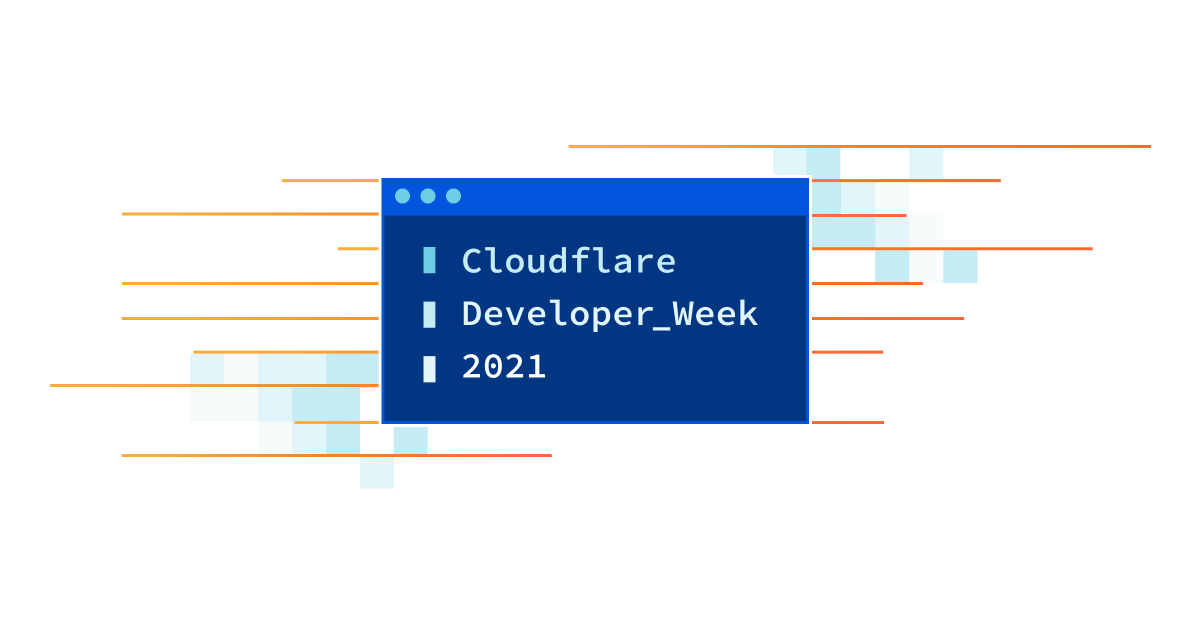
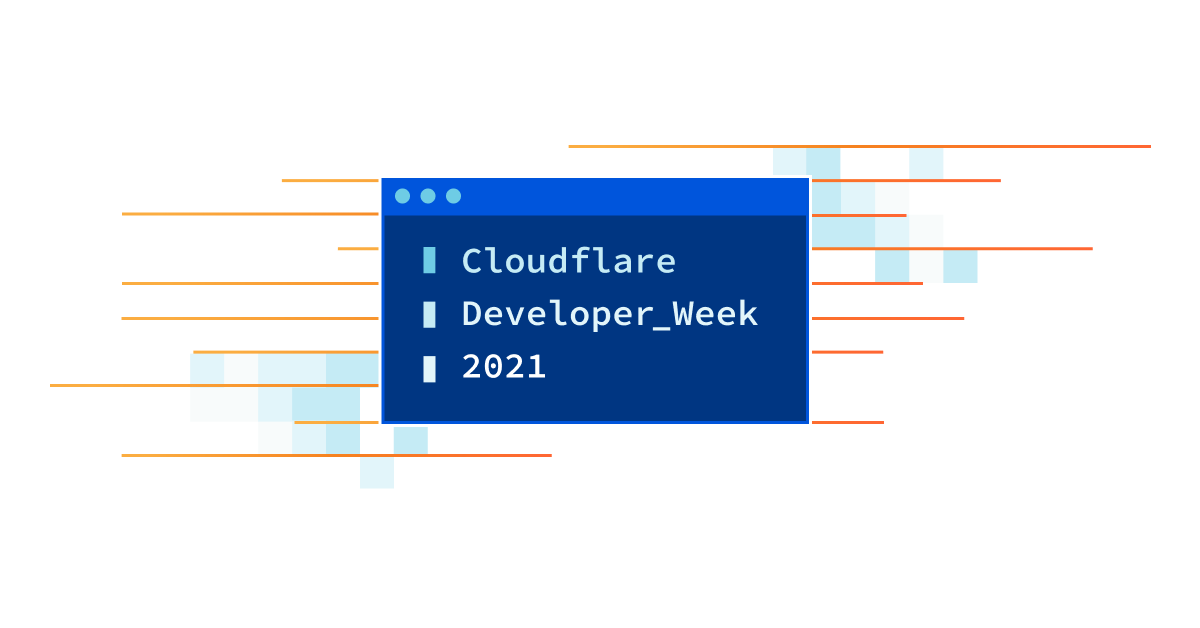
Runtimes, serverless, edge compute, containers, virtual machines, functions, pods, virtualenv. All names for things developers need to go from writing code to running code. It’s a painful reality that for most developers going from code they’ve written to code that actually runs can be hard.
Excruciatingly, software development is made hard by dependencies on modules, by scaling, by security, by cost, by availability, by deployment, by builds, and on and on. All the ugly reality of crystallizing thoughts into lines of code that actually run, successfully, somewhere, more than once, non-stop, and at scale.
And so… Welcome to Developer Week 2021!
Like we have done in previous Innovation Weeks (such as Security Week or Privacy Week), we will be making many (about 20) announcements of products and features to make developers’ lives easier. And by easy I mean removing the obstacles that stop you, dear developer, from writing code and deploying it so it scales to Internet size.
And Cloudflare Workers, our platform for software developers who want to deploy Internet-facing applications that start instantly and scale Internetly, has been around since 2017 (or to put it in perspective, since iPhone 8) and helping developers code and deploy in seconds Continue reading
Per Origin Host Header Override

Load Balancing as a concept is pretty straightforward. Take an existing infrastructure and route requests to the available origin servers so no single server is overwhelmed. Add in some health monitoring to ensure each server has a heartbeat/pulse so proactive decisions can be made. With two steps, you get more effective utilization of your existing resources… simple enough!
As your application grows, however, load balancing becomes more complicated. An example of this — and the subject of this blog post — is how load balancing interacts with the Host header in an HTTP request.
Host headers and load balancing
Every request to a website contains a unique piece of identifying information called the Host header. The Host header helps route each request to the correct origin server so the end user is sent the information they requested from the start.
For example, say that you enter example.com into my URL bar in my browser. You are sending a request to ‘example.com’ to send you back the homepage located within that application. To make sure you actually get resources from example.com, your browser includes a Host header of example.com. When that request reaches the back-end infrastructure, Continue reading
Dynamic URL Rewriting at the edge with Cloudflare


URLs are ugly. They are hard to read, difficult to memorise and often auto-generated for the benefit of the origin server - not the user.
Today we are announcing the immediate availability of Transform Rules for all Cloudflare plans. Transform Rules provide Cloudflare administrators with the ability to create URL rewrite rules. These rules transform HTTP requests as they flow through Cloudflare providing an interpretation layer between the human friendly and the computer friendly.
Ease of understanding
Imagine you are going on a much needed around-the-world trip and want to buy a copy of John Graham-Cumming’s book The Geek Atlas: 128 Places Where Science and Technology Come Alive to use as inspiration. Would the link https://www.travelbooks247.com/dp/0596523203/ make sense to you? Chances are the answer is no. It's hard for humans to understand these complex, contextless URLs.
This is why companies instead provide user friendly alternatives such as: https://www.travelbooks247.com/Geek-Atlas-Places-Science-Technology/dp/0596523203/ and use web servers as the interpreter. This interpretation is known as URL rewriting.
Large ecommerce retailers take HTTP requests to these human-friendly URLs and rewrite them using a simple pattern that strips the content Geek-Atlas-Places-Science-Technology/ before sending the HTTP request to the backend. The human readable hyperlink Continue reading
Jonathon Dixon: Why I joined Cloudflare


I’m excited to announce that on March 1, I joined Cloudflare as Vice President and GM, Asia Pacific (including Japan and Greater China) to help build and expand Cloudflare’s growing customer and partner base and presence in the region. We currently have over 200 passionate and customer-focused employees in APAC, with offices in Beijing, Singapore, Sydney and Tokyo.
A little about me
Singapore is where I’m based. Melbourne is home with my early years spent in Country Victoria. I love the outdoors, sports, travelling and spending time with family and friends. I am naturally intrigued by interesting people and different perspectives. I have a thirst for learning and understanding why people act and behave the way they do, and believe that understanding more about different cultures makes me a better person/leader. And what better way to do so than by being in the most diverse region in the world — Asia Pacific is home to 60% of the world’s population, with thousands of languages spoken, spanning multiple time zones. With the rise of innovation and technology adoption in the region, growth and expansion opportunities are endless.
My journey to Cloudflare
Throughout my 20-year career, I have been extremely fortunate to Continue reading
The Teams Dashboard: A New Place to Call Home
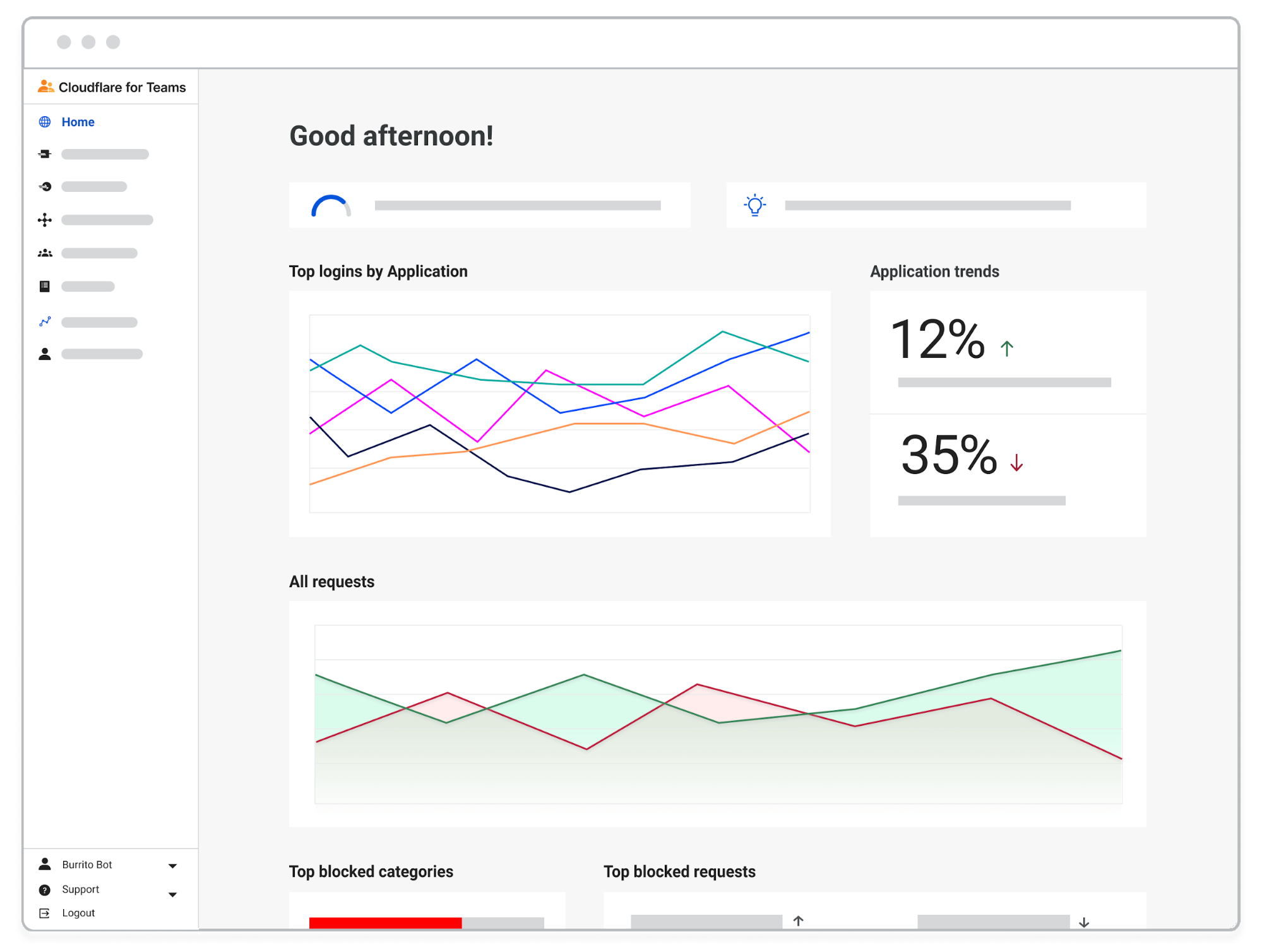
Over the past few weeks, our team has written a lot about the Cloudflare for Teams Dashboard, and more specifically, about our approach to design and the content within it. In these recent posts, we charted the journey of developing omni-directional communication channels across product, design, and content, and how these relationships directly influence the user experiences we aim to create.
Today, we’re announcing a new feature within the Teams Dash. We called it “Home”. We created Home with a simple goal in mind: design an adaptive and informative landing page where users can see a round-up of their environment.
In this last post of our series, we’ll show, rather than tell, how we collaborated as a team that rows in the same direction and towards the same goal — to create a great user experience.
In this blog post, we’ll walk you through your new Teams Home by calling out a few of the guiding principles we had in mind as we designed it. Transparency, adaptiveness, guidance and warmth aren’t only foundational words in the Cloudflare for Teams product principles — they’re part of our day-to-day brainstorming and discussion around user experience.
Here’s how the Teams Home reflects these Continue reading
How to execute an object file: Part 2
Handling relocations
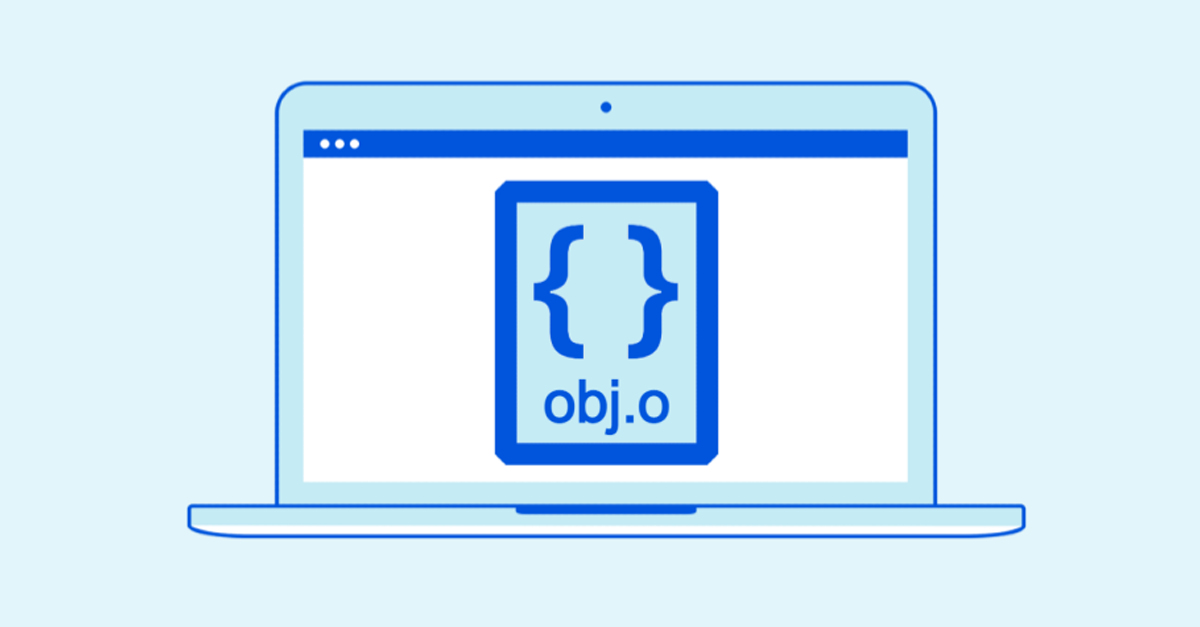
In the previous post, we learned how to parse an object file and import and execute some functions from it. However, the functions in our toy object file were simple and self-contained: they computed their output solely based on their inputs and didn't have any external code or data dependencies. In this post we will build upon the code from part 1, exploring additional steps needed to handle code with some dependencies.
As an example, we may notice that we can actually rewrite our add10 function using our add5 function:
obj.c:
int add5(int num)
{
return num + 5;
}
int add10(int num)
{
num = add5(num);
return add5(num);
}
Let's recompile the object file and try to use it as a library with our loader program:
$ gcc -c obj.c
$ ./loader
Executing add5...
add5(42) = 47
Executing add10...
add10(42) = 42
Whoa! Something is not right here. add5 still produces the correct result, but add10 does not . Depending on your environment and code composition, you may even see the loader program crashing instead of outputting incorrect results. To understand what happened, let's investigate the machine code generated by the compiler. We Continue reading
Durable Objects, now in Open Beta

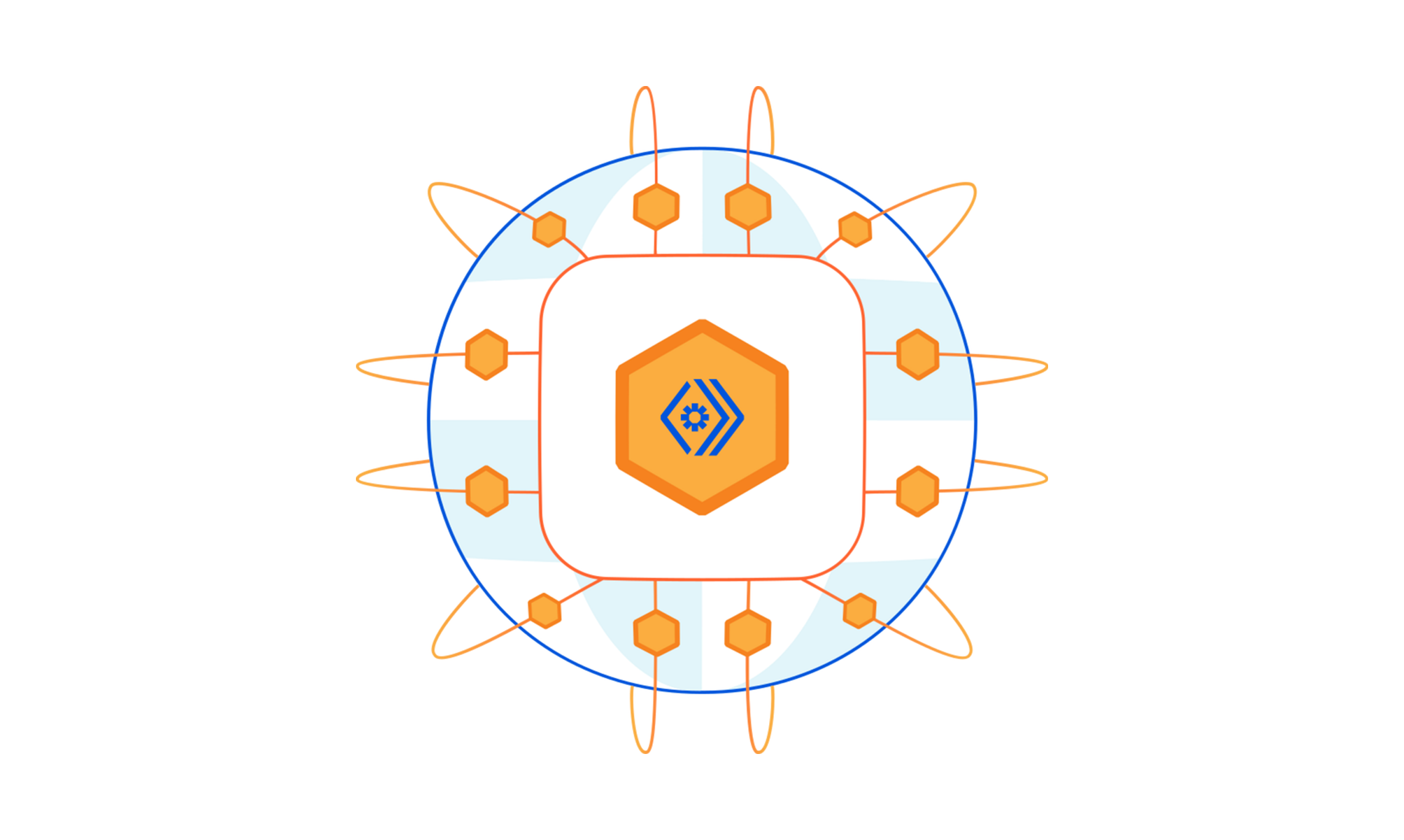
Back in September, we announced Durable Objects - a new paradigm for stateful serverless.
Since then, we’ve seen incredible demand and countless unlocked opportunities on our platform. We’ve watched large enterprises build applications from complex API features to real-time games in a matter of days from inception to launch. We’ve heard from developers that Durable Objects lets them spend time they used to waste configuring and deploying databases on building features for their apps. More than anything, we’ve heard that you want to start building with Durable Objects now.
As of today, Durable Objects beta access is available to anyone with a Cloudflare Workers® subscription - you can enable them now in the dashboard by navigating to “Workers” and then “Durable Objects”. You can also upgrade to the latest version of Wrangler to deploy Durable Objects!
Durable Objects are still in beta and are being made available to you for testing purposes. Storage is capped per-account at 10 GB of data, and there is no associated SLA for Object availability or durability.
What are Durable Objects?
Durable Objects provide two things: coordination across multiple Workers and strongly consistent edge storage.
Normally Cloudflare’s network executes a Continue reading
Cloudflare’s WAF is recognized as customers’ choice for 2021


The team at Cloudflare building our Web Application Firewall (WAF) has continued to innovate over the past year. Today, we received public recognition of our work.
The ease of use, scale, and innovative controls provided by the Cloudflare WAF has translated into positive customer reviews, earning us the Gartner Peer Insights Customers' Choice Distinction for WAF for 2021. You can download a complimentary copy of the report here.

Gartner Peer Insights Customers’ Choice distinctions recognize vendors and products that are highly rated by their customers. The data collected represents a top-level synthesis of vendor software products most valued by IT Enterprise professionals.
The positive feedback we have received is consistent and leads back to Cloudflare’s product principles. Customers find that Cloudflare’s WAF is:
- “An excellent hosted WAF, and a company that acts more like a partner than a vendor” — Principal Site Reliability Architect in the Services Industry [Full Review];
- “A straightforward yet highly effective WAF solution” — VP in the Finance Industry [Full Review];
- “Easy and Powerful with Outstanding Support” — VP Technology in the Retail Industry [Full Review];
- “Secure, Intuitive and a Delight for web security and accelerations” — Sr Director-Technical Product Continue reading
Build Zero Trust rules with managed devices


Starting today, your team can use Cloudflare Access to build rules that only allow users to connect to applications from a device that your enterprise manages. You can combine this requirement with any other rule in Cloudflare’s Zero Trust platform, including identity, multifactor method, and geography.
As more organizations adopt a Zero Trust security model with Cloudflare Access, we hear from customers who want to prevent connections from devices they do not own or manage. For some businesses, a fully remote workforce increases the risk of data loss when any user can login to sensitive applications from an unmanaged tablet. Other enterprises need to meet new compliance requirements that restrict work to corporate devices.
We’re excited to help teams of any size apply this security model, even if your organization does not have a device management platform or mobile device manager (MDM) today. Keep reading to learn how Cloudflare Access solves this problem and how you can get started.

The challenge of unmanaged devices
An enterprise that owns corporate devices has some level of control over them. Administrators can assign, revoke, inspect and manage devices in their inventory. Whether teams rely on management platforms or a simple spreadsheet, businesses can Continue reading
Inside Cloudflare: Preventing Account Takeovers
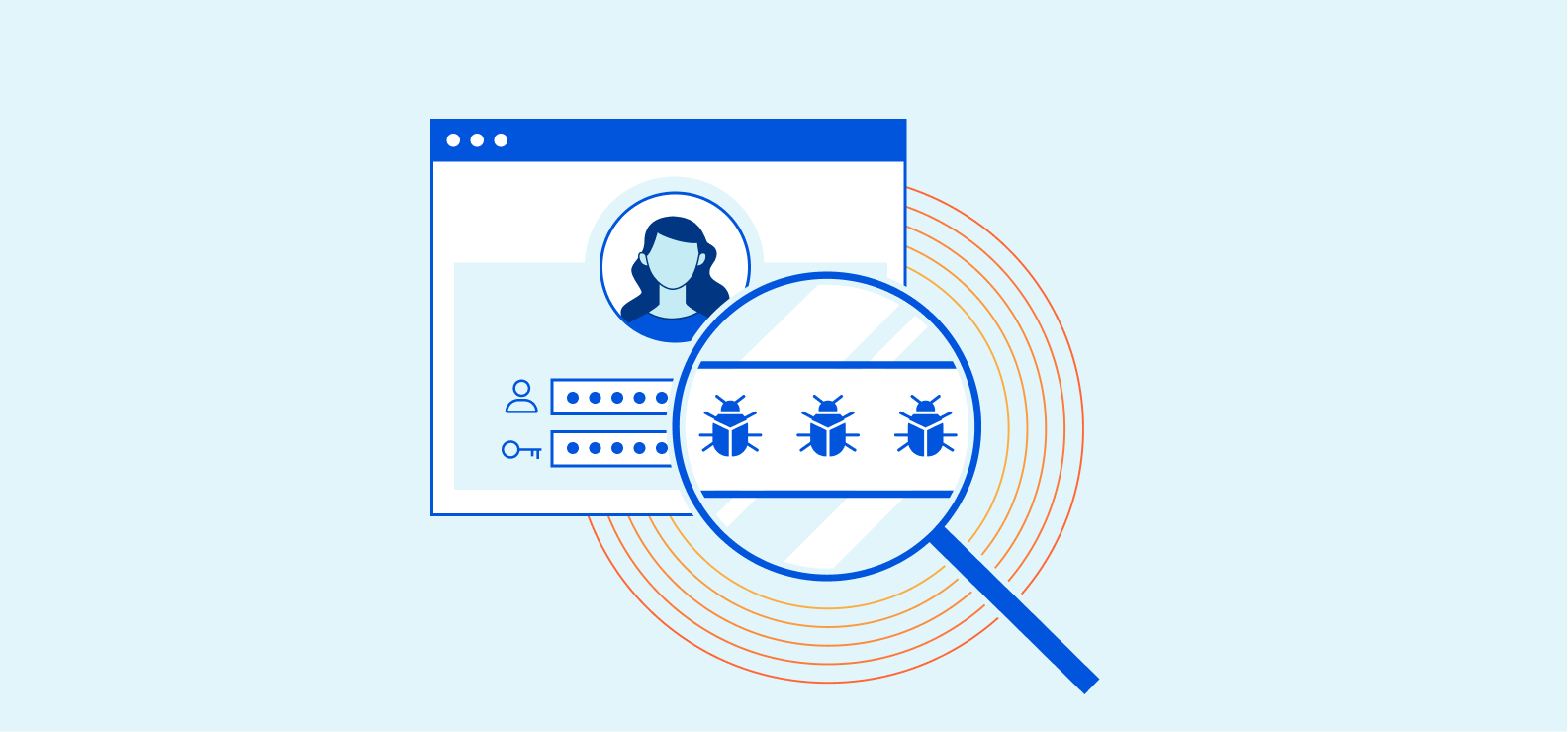
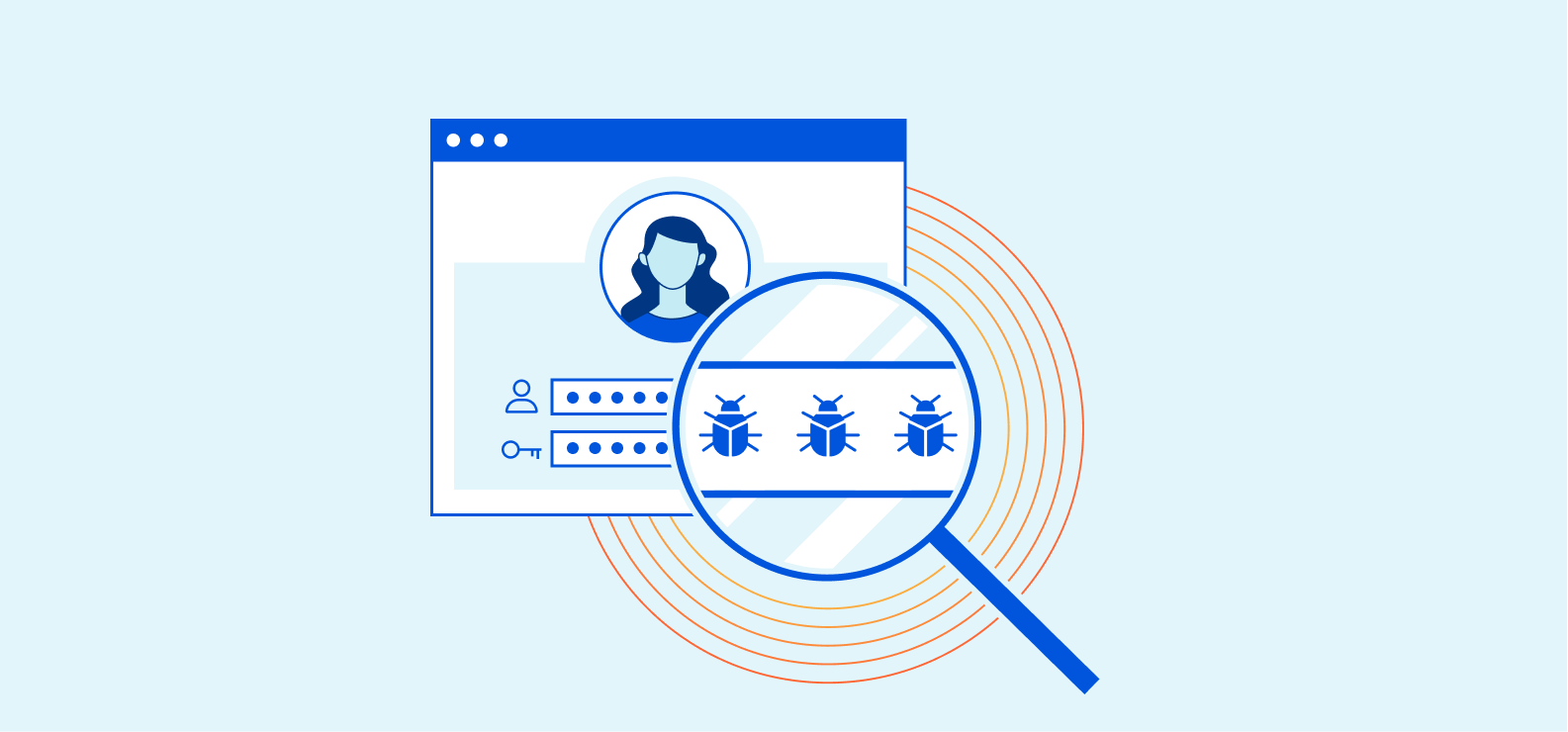
Over the last week, Cloudflare has published blog posts on products created to secure our customers from credential stuffing bots, detect users with compromised credentials, and block users from proxy services. But what do we do inside Cloudflare to prevent account takeovers on our own applications? The Security Team uses Cloudflare products to proactively prevent account compromises. In addition, we build detections and automations as a second layer to alert us if an employee account is compromised. This ensures we can catch suspicious behavior, investigate it, and quickly remediate.
Our goal is to prevent automated and targeted attackers regardless of the account takeover technique: brute force attack, credential stuffing, botnets, social engineering, or phishing.
Classic Account Takeover Lifecycle
First, let's walk through a common lifecycle for a compromised account.
In a typical scenario, a set of passwords and email addresses have been breached. These credentials are reused through credential stuffing in an attempt to gain access to any account (on any platform) where the user may have reused that combination. Once the attacker has initial access, which means the combination worked, they can gain information on that system and pivot to other systems through methods. This is classified Continue reading
End User Security: Account Takeover Protections with Cloudflare
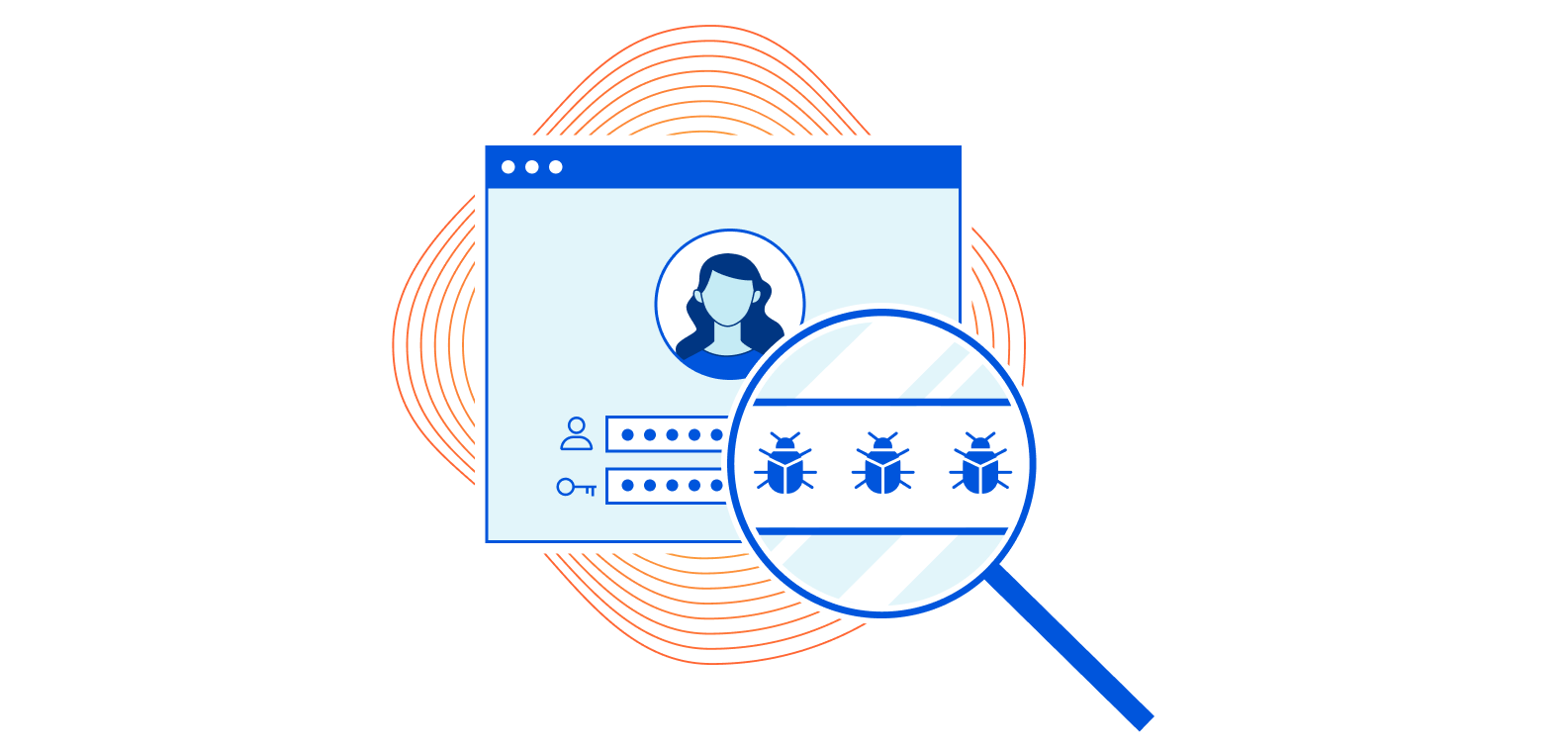
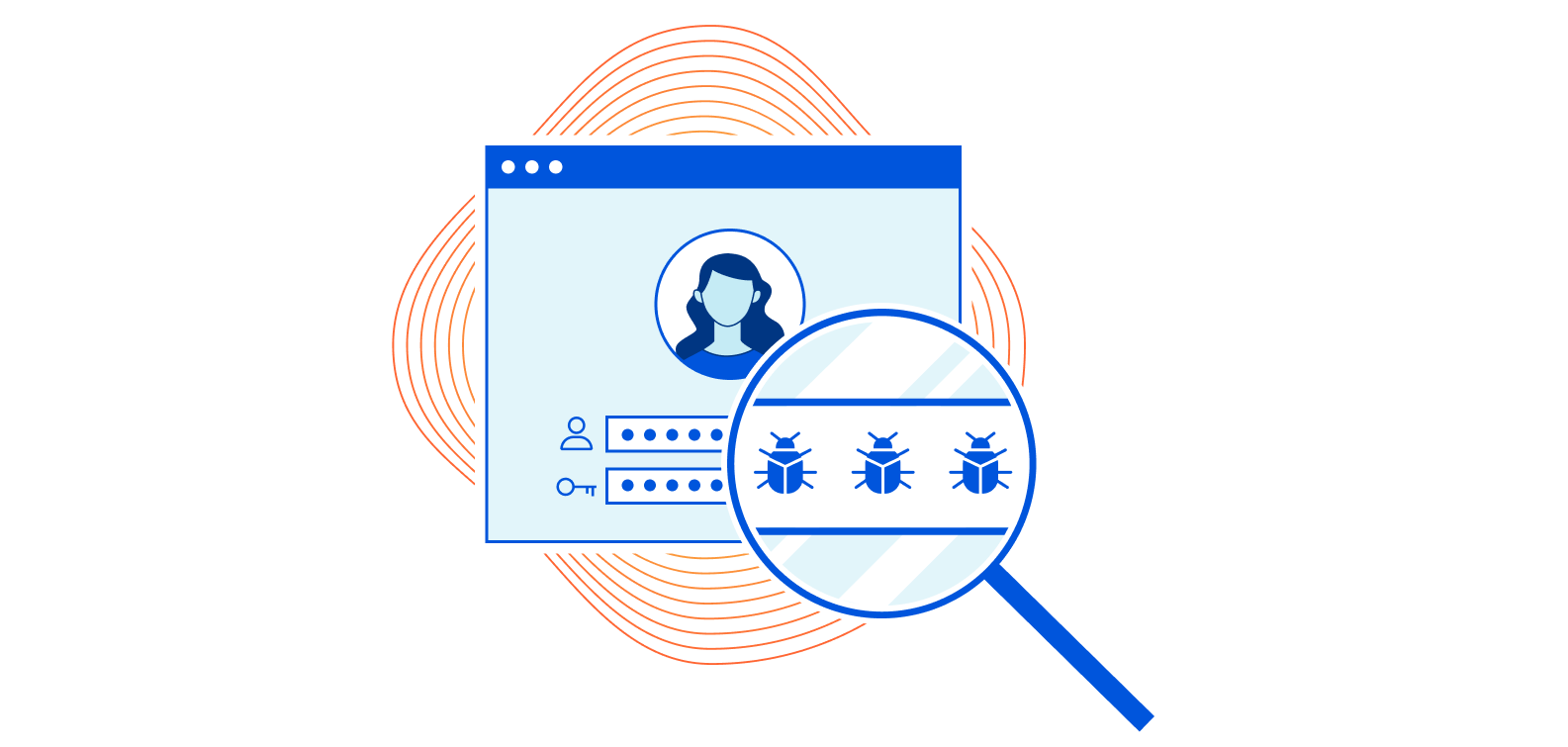
End user account security is always a top priority, but a hard problem to solve. To make matters worse, authenticating users is hard. With datasets of breached credentials becoming commonplace, and more advanced bots crawling the web attempting credential stuffing attacks, protecting and monitoring authentication endpoints becomes a challenge for security focused teams. On top of this, many authentication endpoints still rely just on providing a correct username and password making undetected credential stuffing lead to account takeover by malicious actors.
Many features of the Cloudflare platform can help with implementing account takeover protections. In this post we will go over several examples as well as announce a number of new features. These include:
- Open Proxy managed list (NEW): ensure authentication attempts to your app are not coming from proxy services;
- Super Bot Fight Mode (NEW): keep automated traffic away from your authentication endpoints;
- Exposed Credential Checks (NEW): get a warning whenever a user is logging in with compromised credentials. This can be used to initiate a two factor authentication flow or password reset;
- Cloudflare Access: add an additional authentication layer by easily integrating with third party OATH services, soon with optional enforcement of managed devices (NEW);
- Rate Limiting Continue reading
A new Cloudflare Web Application Firewall


The Cloudflare Web Application Firewall (WAF) blocks more than 57 billion cyber threats per day. That is 650k blocked HTTP requests per second. The original code that filters this traffic was written by Cloudflare’s now CTO and the WAF has since received many accolades including the highest score for ability to execute in the 2020 Gartner Magic Quadrant for WAF.
Because we value replacing code when it is no longer as maintainable, performant, or scalable as it once was, we regularly rewrite key parts of the Cloudflare stack. That’s necessary as our enormous growth makes yesterday’s solutions unworkable. For some time, we have been working on replacing that original LuaJIT code John wrote with new code, written in Rust, along with an improved UI.
We are now excited to announce a new Cloudflare Web Application Firewall.
Starting today, 10% of newly created accounts on Cloudflare will be given access to the new WAF whenever a Pro plan zone or above is added. This percentage will increase to 100% of new accounts over the month of April, after which migration efforts will commence for existing customers. Enterprise customers may migrate early by contacting their account team.
What’s changing
The Web Application Continue reading
Keyless SSL now supports FIPS 140-2 L3 hardware security module (HSM) offerings from all major cloud providers
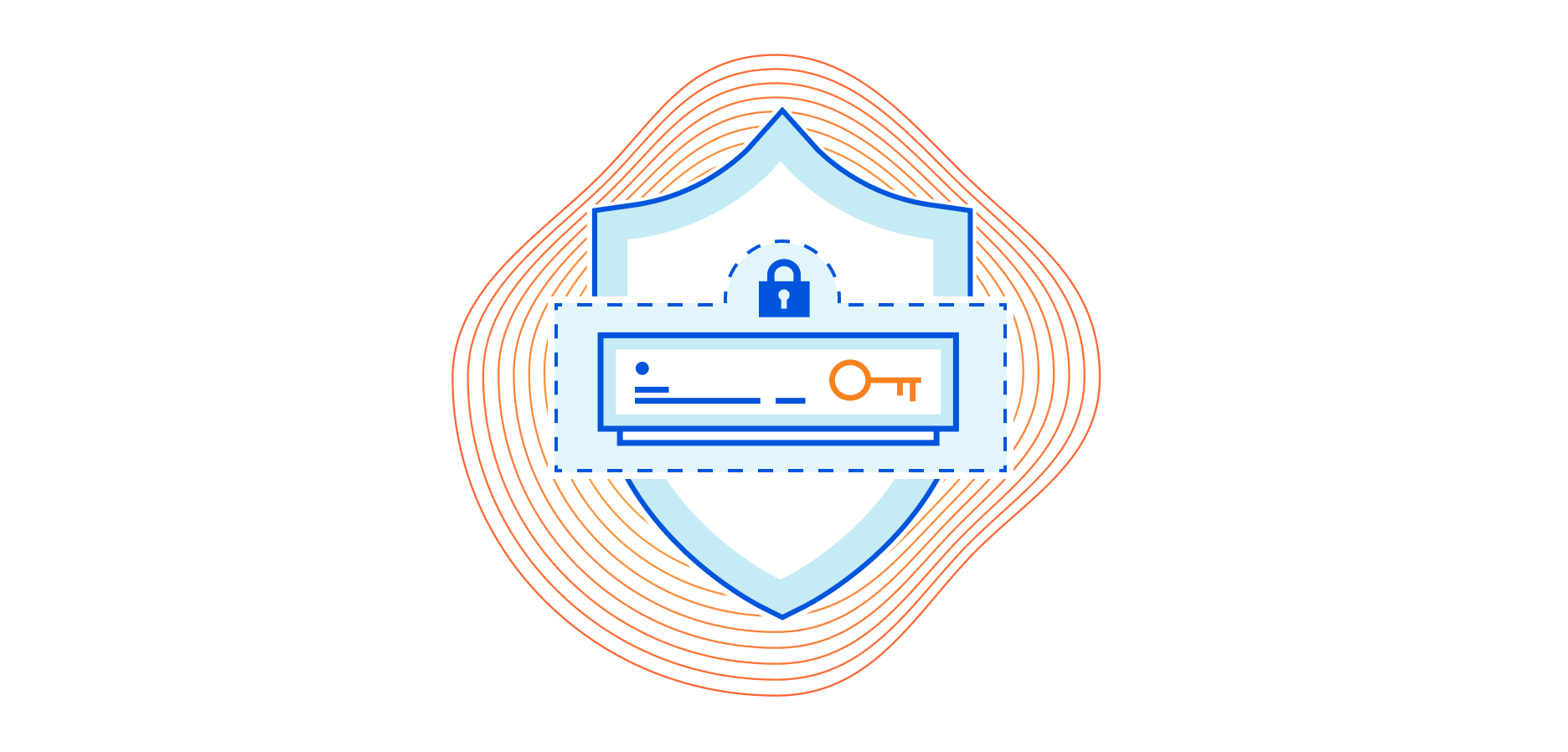

Private encryption keys stored in hardware security module offerings from all major cloud providers can now be used to secure HTTPS connections at Cloudflare’s global edge.
Cloudflare generates, protects, and manages more SSL/TLS private keys than perhaps any organization in the world. Private keys must be carefully protected, as an attacker in possession of one can impersonate legitimate sites and decrypt HTTPS requests. To mitigate this risk, Cloudflare has strict key handling procedures and layers of isolation at the edge that are designed to safeguard keys at all costs. But for a small minority of customers with information security policies dictating where they can (or cannot) custody their keys, these protections do not meet their requirements.
It was for these customers that we first released Keyless SSL in 2014, a protocol we use extensively inside our network: all of the TLS handshakes per day established at the Cloudflare edge that take place in a process that has no access to our customers’ private keys. The data required to establish the session is instead sent to a separate system, where the necessary cryptographic signing operation is performed. For keys uploaded to or generated by Cloudflare, we manage this other system, Continue reading
Heartbleed Revisited


In 2014, a bug was found in OpenSSL, a popular encryption library used to secure the majority of servers on the Internet. This bug allowed attackers to abuse an obscure feature called TLS heartbeats to read memory from affected servers. Heartbleed was big news because it allowed attackers to extract the most important secret on a server: its TLS/SSL certificate private key. After confirming that the bug was easy to exploit, we revoked and reissued over 100,000 certificates, which highlighted some major issues with how the Internet is secured.
As much as Heartbleed and other key compromise events were painful for security and operations teams around the world, they also provided a learning opportunity for the industry. Over the past seven years, Cloudflare has taken the lessons of Heartbleed and applied them to improve the design of our systems and the resiliency of the Internet overall. Read on to learn how using Cloudflare reduces the risk of key compromise and reduces the cost of recovery if it happens.
Keeping keys safe
An important tenet of security system design is defense-in-depth. Important things should be protected with multiple layers of defense. This is why security-conscious people keep spare house Continue reading
Introducing: Advanced Certificate Manager

In 2016, we launched Dedicated Certificates. Today, we are excited to announce that dedicated certs are getting an upgrade… and a new name… introducing Advanced Certificate Manager! Advanced Certificate Manager is a flexible and customizable way to manage your certificates on Cloudflare.
Certificates
TLS Certificates are the reason you can safely browse the Internet, securely transfer money online, and keep your passwords private. They do that by encrypting your sensitive messages using public-key cryptography that is cryptographically linked to the certificate itself. But beyond that, TLS certificates are used to make an assertion about identity — verifying that the server is who they claim to be. Server Certificates — used by every website — include the website's name on the certificate and is issued by a third-party certificate authority (CA) who verifies that the certificate's information is correct and accurate.
Browsers only let you visit a website when it's encrypted using TLS after it has successfully validated the certificate presented by the server — much like how security checks your ID to board a plane.
We are focusing on securing the Internet now more than ever. We want to make it as easy as possible for any customer to be Continue reading
Introducing Super Bot Fight Mode


Almost half of the Internet’s traffic is powered by bots. Bots have scoured the net for years, relentlessly hacking into bank accounts, scooping up Bruno Mars tickets, and scraping websites for data. The problem is so widespread that we launched Bot Fight Mode in 2019 to fight back. Since then, over 150,000 individuals and small businesses have used the product, and we’ve received countless requests for more functionality. More analytics, more detections, and more controls.
Introducing Super Bot Fight Mode.
Beginning immediately, any Cloudflare user with a Pro or Business site can take new action against bots. We’ve added advanced features in the dashboard and some exciting updates to analytics. Free customers will retain all the benefits they've enjoyed with Bot Fight Mode, and our Enterprise Bot Management product will continue to push the needle on innovation.
In the Dashboard
Our bot solutions have a new home. The features we discuss in this blog post go beyond a single toggle, so we created a hub for bot protection. Head to the Firewall app and select the “Bots” subtab to get started.
The new hub is live for all users, including those with Enterprise Bot Management.
Pro Plan Features
First up: Continue reading
Mitigating Bot Attacks against Cloudflare


The word “bots” on the Internet is a fairly loaded one. My earliest ‘bot’ experience was on IRC, where bots were quite helpful in making sure your favorite channel didn’t get taken over by malicious users and allowed for fun games of trivia. Around five years ago, “bots” were often referencing text chats in combination with AI and messaging platforms/apps as a new way to interact with customers. Today most of the connotations around bots on the Internet, particularly in the security space, are negative and we have a number of vendors offering new ways to detect and block bots.
In its most simple form, a bot is an automated piece of software that replaces human interaction. In the examples above, this is done so we can scale a process to be faster or more extensive than a single manual action. Search Engine bots exist because it is impossible (or at the very least, impractical) to crawl the Internet one curl at a time. The benefit of scale can be used for both good and for bad, by attacking a property on the Internet. Bots are used for attacks at scale — they can be deployed to attack an Continue reading